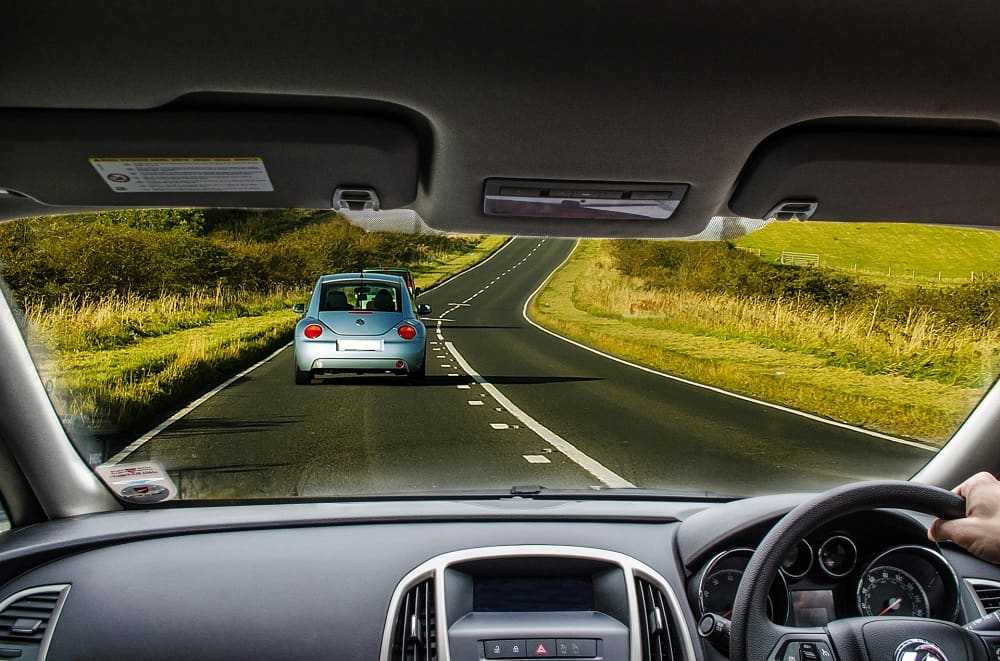Not only newbies but also many experienced drivers are unaware of the differences between positive vs negative camber. Only through the comparative discussion on these two types, drivers can learn the working process of camber, its impact of cornering performance, as well as its limitations.
Contents
What is Camber?
Before going into the detailed discussion, have a look at the definition of the term “camber”. In simple terms, it means the angle of the car wheel and tire stand on a road.
While measuring the camber angle, the road is presumed to be completely flat. When a car stands still on the ground, the tire retains a fixed camber angle. However, when the driver corners the vehicle, the body roll reduces the contact patch. To lessen this effect and have the most of the tire body on the road, consider the camber settings and adjust them accordingly during cornering the car.
SEE MORE
The Differences between Positive vs Negative Camber
These are the differences between positive and negative camber effects.
Positive Camber Angle
If the front wheels of the cars are inclining outwards, it has a positive camber angle. This angle offers better stability to the vehicle and allows it to pull to each side effortlessly. You will see that this camber angle is quite common in cases of recreational and agricultural vehicles, like tractors.
The advantage of positive camber is that the driver has to put minimum effort when it comes to steering the vehicles. Also, positive camber provides additional steadiness while on uneven surfaces or jerky roads for smooth driving.
Most of the front-wheel-drive vehicles have fixed position for their positive cambers and does not allow any alteration. For the drivers and car owners who only focus on having a comfortable driving experience, this is not a big deal.

But, it can be a matter of concern when an accident takes place. If that particular situation demands, you may have to recreate the positive camber angle by replacing some wheel components. Else, maximum car owners will not have any problem with having a positive camber on the front wheels.
Negative Camber Angle
In the case of negative camber, the front wheels have an inward inclining position. This angle is the most suitable for making turns around corners. Hence, turning becomes uncomplicated with negative camber.
This angle puts minimum pressure on the tires as the bottoms make minimum contact with the ground, and there is less pressure put on them. With this negative camber angle, taking turns becomes a smooth process.
If the car wheels do not have any camber angle and are aligned with the vertical axis, there will be some drawbacks. Without any angle, contact patches of the front tires will be lifted off the ground while cornering. The driver will also have a rough turning experience.
Wrapping Up
These are the differences between positive vs negative camber angles. Both come with their pros and cons. However, high-performance car owners who have to corner the car often prefer negative camber on the front wheels.



